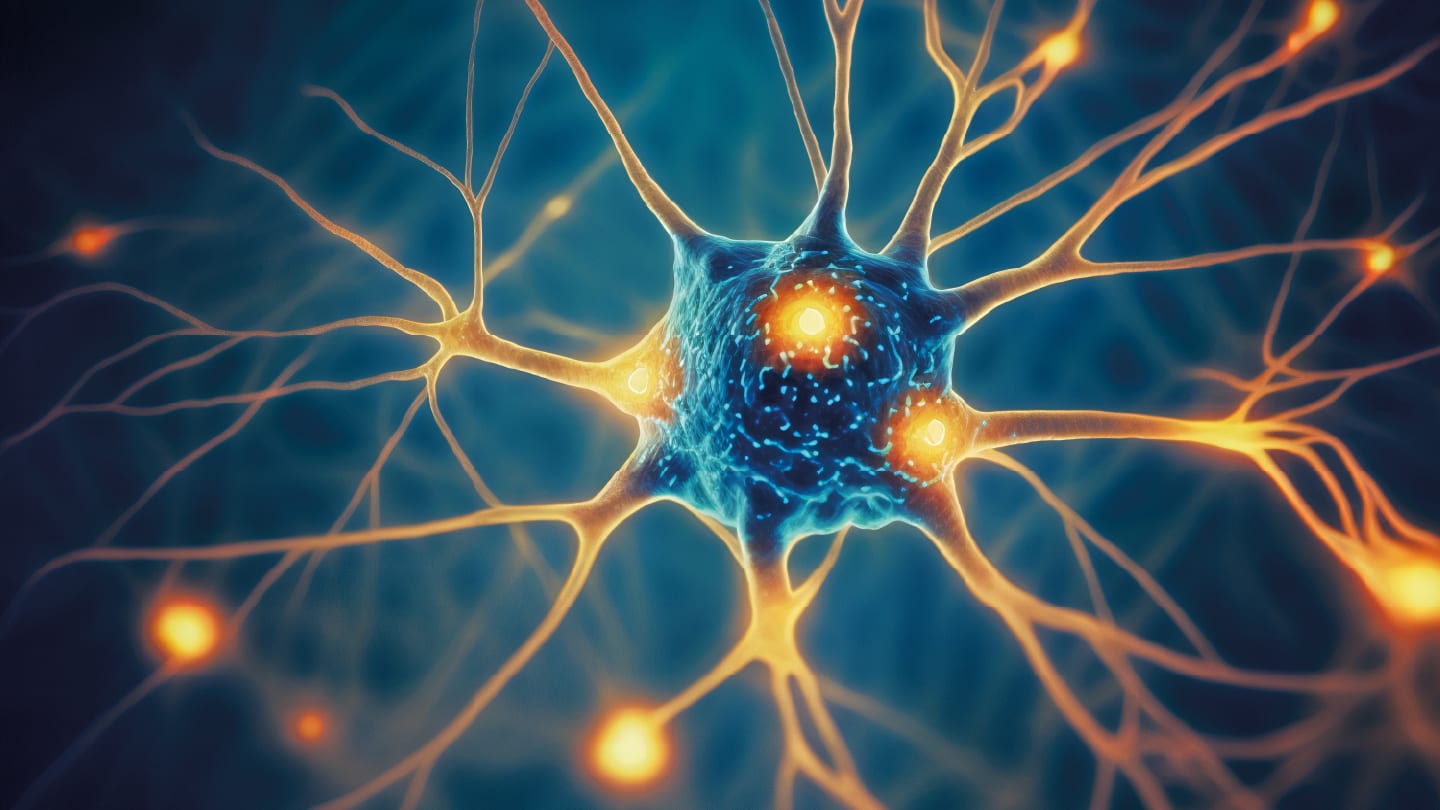
A study published in Science describes a new way neurons may communicate – through dendritic nanotubes (DNTs), ultrathin bridges that link cells outside traditional synapses. The discovery adds a potential new layer of connectivity in the brain and may help explain how disease-related molecules spread between neurons.
Neuronal communication has long been attributed to synapses, the specialized junctions that pass electrical and chemical signals. However, researchers observed membrane-to-membrane contacts between neighboring dendrites that lacked the typical features of synapses. Using super-resolution microscopy and computational image analysis, they confirmed these structures as distinct.
The DNTs form physical channels that allow the exchange of calcium ions and other molecules directly between neurons. When their formation was experimentally blocked, this nonsynaptic transfer stopped – demonstrating that DNTs provide a functional route for intercellular signaling.
The team tested whether these nanotubes could move disease-associated materials. When β-amyloid (Aβ) peptides, a hallmark of Alzheimer’s disease (AD), were injected into individual neurons in mouse brain tissue, the peptides traveled to neighboring cells through DNTs. Inhibiting nanotube formation halted the spread, suggesting that DNTs can act as conduits for pathogenic proteins.
In a mouse model of AD, DNT networks showed structural changes early in disease development – before visible amyloid plaque formation. Computational simulations supported these findings, predicting that overactive nanotube signaling could contribute to localized Aβ buildup and neuronal stress. This points to a potential mechanism for how neurodegenerative pathology may propagate in its earliest stages.
The study highlights a previously unrecognized cellular structure that may influence disease progression and biomarker distribution in brain tissue. DNTs could become important in diagnostic research, helping to interpret how toxic proteins move and accumulate within neural networks.
By revealing this nonsynaptic communication system, the researchers expand the framework for studying how neurons share materials – and how disruptions in that process might signal or accelerate disease.




